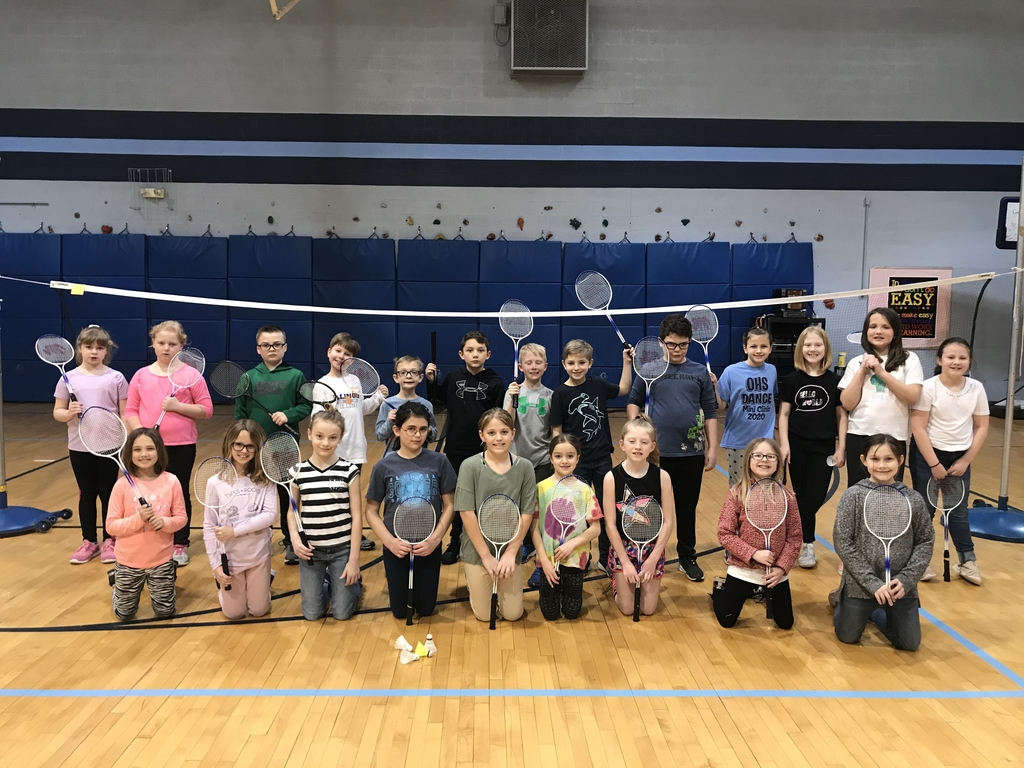Reminder: our technology live stream will start at 4:00 PM today. The target audience is elementary families, but information will be useful for many. See topics and access the stream here: https://youtu.be/KqiUYYl-xBA

An accurate census count means adequate funding for the community programs you value most. #CareAbouttheCount. Learn more and complete your census at CareAbouttheCount.org.

Most Illinoisans will receive an invitation to take the census in the mail. It will contain a unique code for you to take it online for your household. Visit CareAbouttheCount.org to learn more. #CareAbouttheCount #CentralIllinoisCounts

**COVID Response Updates**
Many additional resources have been added to our website @ bit.ly/olycovid. Remote learning plans have been posted for all grade levels. The page can also be accessed from our mobile app!
VIDEO: There are three primary ways to take the census. The preferred method is online, but you can also take it by phone, and some people will receive a paper questionnaire. If you don’t respond, a census taker may come to your door. Visit CareAbouttheCount.org to learn more. https://youtu.be/bcE5wXH17Os
The #2020census is here & we need everyone to #CareAbouttheCount!
This month, every household will receive mail from the U.S. Census Bureau with instructions on how to fill out the census. Watch your mailbox & visit CareAbouttheCount.org to learn more. #CentralIllinoisCounts

VIDEO: How do you take the census? This video helps break it down: https://youtu.be/bcE5wXH17Os #CareAbouttheCount #CentralIllinoisCounts
Every household should fill out a 2020 Census form (either online, by phone or by mail) by April 1, 2020. Watch your mailbox for directions and learn more at CareAbouttheCount.org. #CareAbouttheCount #CentralIllinoisCounts

Why #CareAbouttheCount? Filling out the census will boost our community, ensure adequate public funding and inspire a sense of civic duty. Read about regional efforts to boost our Central Illinois participation. https://www.peoriamagazines.com/pm/2020/mar/care-about-count #CentralIllinoisCounts

Do you value affordable housing? Healthcare centers? School funding? A complete count in the #2020census is critical to securing billions in funding for community programs you value most. #CareAbouttheCount! https://youtu.be/h2JMt4ZNR_Q #CentralIllinoisCounts #ILCountMeIn
Learn more about how to use PBIS at home. Here's a video showing how to set and reinforce expectations!
https://youtu.be/aNxVyHNA6XA
2020 Olympia West Annual Badminton Tourney

Fourth grade played main idea Jenga today.


The votes are in for the final 4 of the Tournament of Books. Which book will make it to the Championship?

ACTIVITY UPDATE: Our annual Mr Spartan event scheduled for tonight Friday March 13th has been postponed to a date yet to be determined.

Your community is counting on you. Watch your mailbox and complete your household’s census at CareAbouttheCount.org. #CareAbouttheCount #CentralIllinoisCounts

Badminton in full swing this week



Congratulations to these Spectacular Spartans!

Day 3 results of The Tournament of Books are in. 4th and 5th grade students voted for The Day the Crayons Quit and Boy.

March Madness Tournament of Books started today at Olympia West. 4th and 5th grade students are reading and voting on their favorite book in the bracket. Which book will become the champion?

